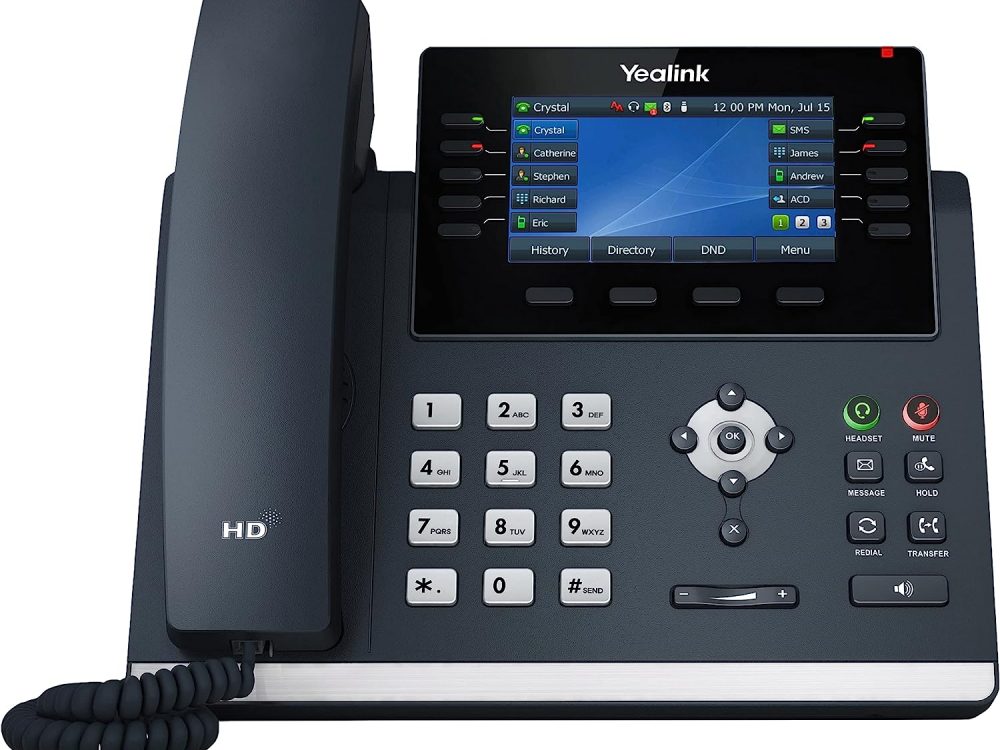If the speed at this point is rubbish the experience will always be poor regardless of what other systems you choose to introduce. Slow speeds are most of the time provider related, but we have seen a fair number of damaged sockets, dodgy wiring and lots of weird and wonderful ‘extension’ lead inventions!
Once the speed is at a good level, we can then work out the best route to share the internet around your property or get it to where it needs to go. Here are a few of our options:
Range Extenders
Mesh Wi-Fi
Ethernet Cabling
Point to Point Wi-Fi
Standalone Internet Connection
Range extenders are a great option for small properties and start from around £40. They simply locate your wireless network and extend it, the only caveat being that they will often show an _EXT as the extender network name. Sometimes this causes devices to switch between the two networks if they are mid way between them and hence you end up with an erratic network. We often find with the right device you can change the name and remove the _EXT part but not all allow you to do that.
Mesh Wi-fi systems are easily one of the best options out there and we have installed vast quantities of these with great success. There are many brands offering these systems but it’s important to understand how they work and how best to configure them. The Mesh systems communication on their own frequency and provide whole home coverage with a single network name (SSID). We can replicate your existing Wi-Fi network name or we can create a new one, we can also activate guest networks if needed.
Mesh systems often come with a whole load of features pre-loaded. The TP-Link range of Deco systems have some great features such as Parental controls and device control / limiting and with more on the way it’s easy to see why they have become so popular and why we choose to work with them. Price wise you are looking at somewhere in the region of £170 upwards depending on brand, model range and quantity of units.
Ethernet Cabling is a great option if it’s feasible, it’s very reliable, gives great speed and can power a number of devices both indoors and outdoors. The only downside is that it’s not always that easy to install without significant disruption. We often get asked to install cabling in a freshly decorated property and the last thing we want to do is run any surface trunking on the wall or start digging cable channels in the wall. Ethernet cable can come in a range of colours and coatings (both internal and external grade) and can be quick to install in the right environment and has been particularly popular with new garden rooms being installed through the last 12 months.
We’ll always advise you on the best and cleanest way of installing cabling if it’s your only option and of course we take great care to look after your property whilst performing the work. Where we can we will ensure the cables are hidden from view and secured well. You need to be aware if you are in a listed property and/or conservation area that running network cable isn’t always possible.
If the cabling scenario isn’t an option then we’ve also seen great success with point to point (PTP) wireless systems. This is a great solution and can cover long distances and near in enough any environment. The main limitation of a system like this is that they need line of sight, so our initial site survey would determine if this is suitable or not. On the flip side they can span distance of up to 15km and often further if you have the budget to stretch to enterprise grade kit.
The ptp kit consists of a main sender unit and a receiver, we configure them to talk to each other and integrate with your existing internet connection (or we can install one) and with a Wi-Fi router on the receiving end it gives you a quick and reliable internet connection where previously you would have struggled. Great for remote locations and disparate buildings such as farms, storage yards, construction sites etc.
If all of the above aren’t possible then our last remaining option is a stand alone internet connection for that location. There are lots of options here such as hot spot from your mobile phone (be aware of your data usage here) or you could get a Mi-Fi device or a 4G router. Going onto more fixed solutions you can opt for a normal broadband line, wireless connection or a satellite connection. These would normally be supplied with a 4-port wireless router and would enable connectivity to the required area.
Hopefully this post has given some insights into what options there are on the market, please let us know if you have any questions or comments.
Thanks for reading.
Updated: Mar 20, 2021



